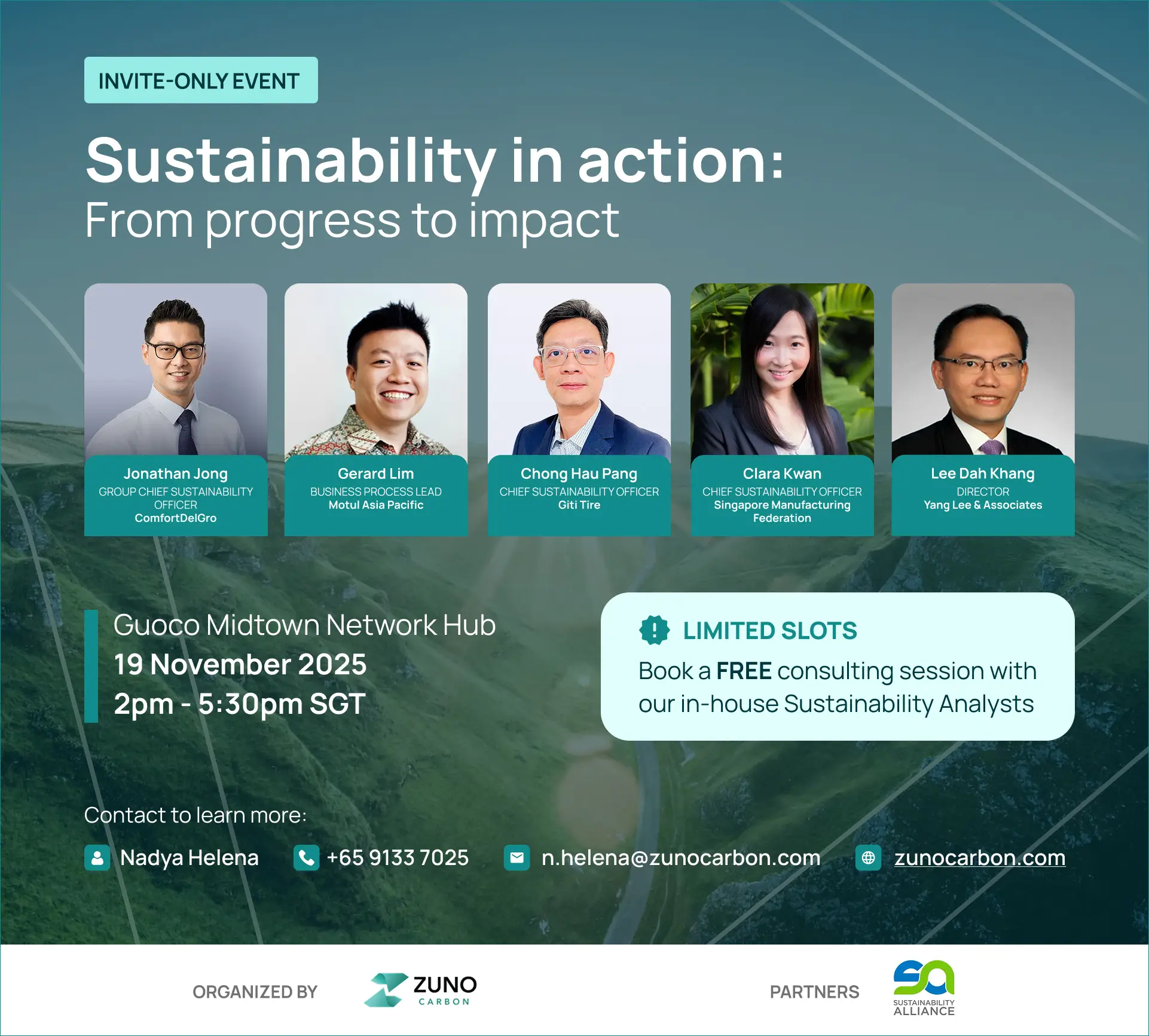In the wake of growing environmental concerns, regulatory bodies around the world are tightening regulations and requirements for industrial facilities to monitor and limit their impact on the environment. Many industries and processes that were previously unregulated are now required to meet stringent continuous emissions monitoring requirements at the local, state, national, and global level. These mandates have in-turn driven up the demand for emissions monitoring systems (EMS).

The origins of emissions monitoring
In 1992 the United Nations convened to address the looming threat of increasing Greenhouse Gas (GHG) concentrations. The UN Framework Convention on Climate Change (UNFCCC) established a treaty outlining the responsibility of each nation to reduce their impact on the environment. Later on the Kyoto Protocol extended upon the 1992 treaty and created a legal framework for developed countries that would dictate the individual targets for each party to adhere to.
Effective monitoring, reporting and verification of air emissions is critical in tracking progress towards achieving emission reduction targets. Emissions control guidelines and regulations, including emissions limits, quality control and assurance procedures, have been developed and implemented to ensure these targets are met.
What are some examples of these regulations?
Europe
- Industrial Emissions Directive (IED) - Combines the IPPC, and the Waste Incineration Directive to control and reduce the impact of industrial emissions on the environment.
- Permit based
- Includes Best Technology Available requirements
- Imposes emission limits to both new and existing plants in various industries
USA
- The Environmental Protection Agency (EPA) governs and regulates air emissions to protect public health and welfare. Clean Air Act (CAA) is a federal law that regulates air emissions from stationary and mobile sources.
- 40 CFR Part 60: Standards for new major and minor emission sources
- 40 CFR Part 75: Requirements for the monitoring, record-keeping and reporting of SO2, NOx, and CO2 emissions
Singapore
- The National Environment Agency (NEA) established a committee to recommend air quality targets for Singapore based on the World Health Organization Air Quality Guidelines(WHO AGQs).
Malaysia
- The Environmental Quality (Clean Air) Regulations 1978 and subsequent revisions specify activities and pollutants that are to be monitored and their limits.
Who does this affect?
A broad range of industrial facilities are subject to environmental regulations. Power plants, heating plants, oil refineries, petrochemical plants, food processing plants, cement production, paper production are just a few examples of facilities which emit pollutants that accelerate climate change. These emissions include greenhouse gases (GHGs) like CO2, or acid rain causing gases like SOx and NOx. With every revision of environmental regulations, restrictions on emissions are getting more stringent.

The challenge for these facilities is to implement a monitoring system that meets these various regulations, while being cost-effective in terms of its operation and maintenance.
Hope you found this helpful! Keep a look-out for our next blog post to learn more about how you can attain your sustainability goals.




.webp)
.webp)
.webp)




